How to get lo-fi guitar tones with your effects pedals
Stefan Fast of YouTube channel ThePedalZone shares his tips on getting a perfectly imperfect tone
We’re living in the golden age of audio. It’s never been easier to achieve great-sounding high-quality recordings in the comfort of your own home, and many of today’s guitar effects pedals can effortlessly produce sounds far more complex and hi-fi than ever. But have things simply become too precise? Too clean? Too ‘perfect’?
Because more than ever, it seems like we musicians are searching for that vintage vibe. You know, that slight wobble, irregularity and warm gritty character that helps glue a track together so well.
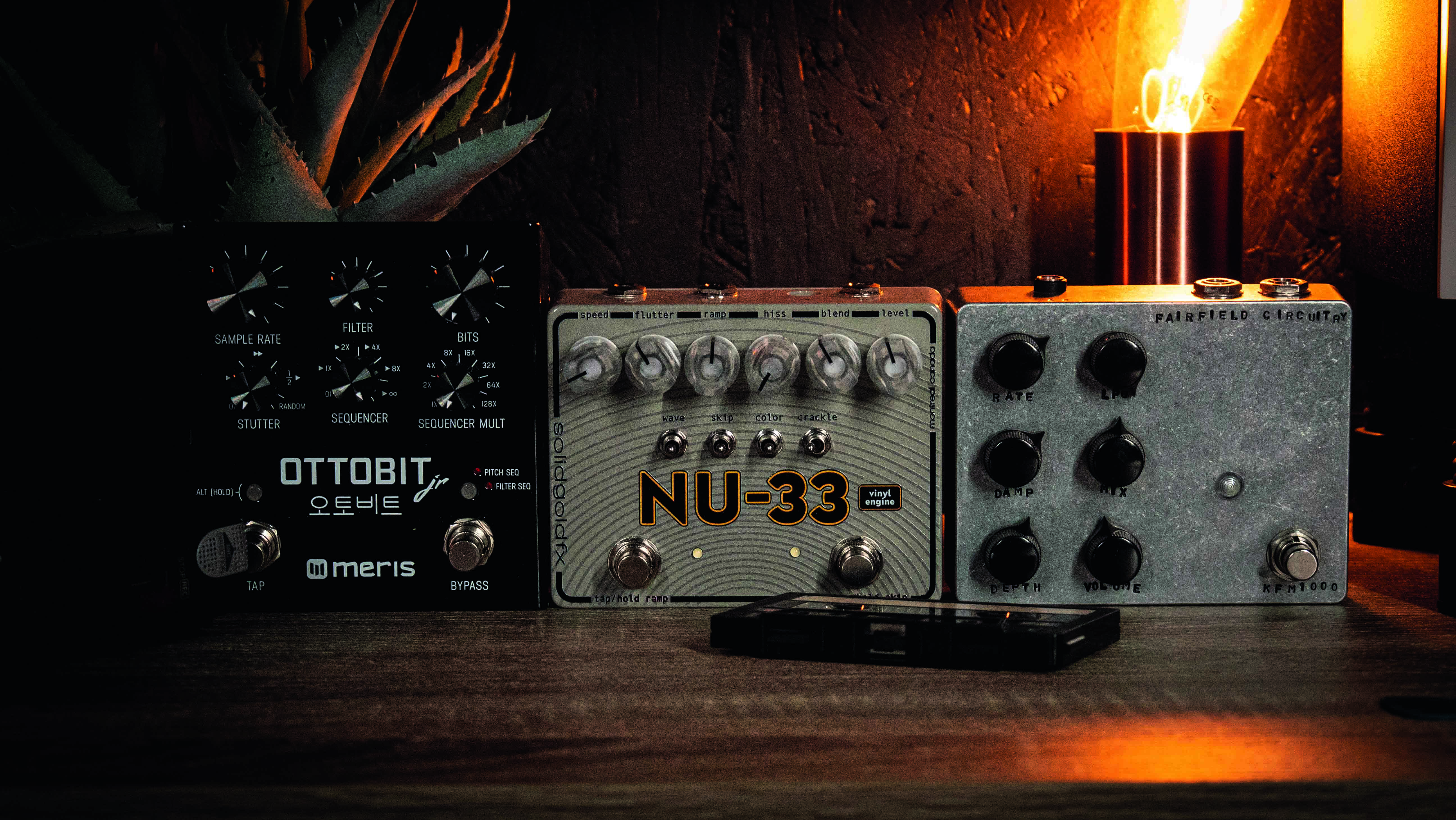
This has only become more apparent with the volley of lo-fi pedals released in the last couple of years. Whether it be warbly vinyl emulators, fluttery tape saturators or 8-bit resampling machines, I’m all about it. I can’t get enough of one-stop lo-fi solutions such as the SolidGoldFX NU-33, Meris Ottobit and Fairfield Circuitry Shallow Water.
But maybe you just want to add a hint of lo-fi character once in a while, or maybe you want to go far beyond what’s available now and totally design your own lo-fi flavour? So, let’s dive into all the things you can do to make your tone sound perfectly imperfect.
Vibrato
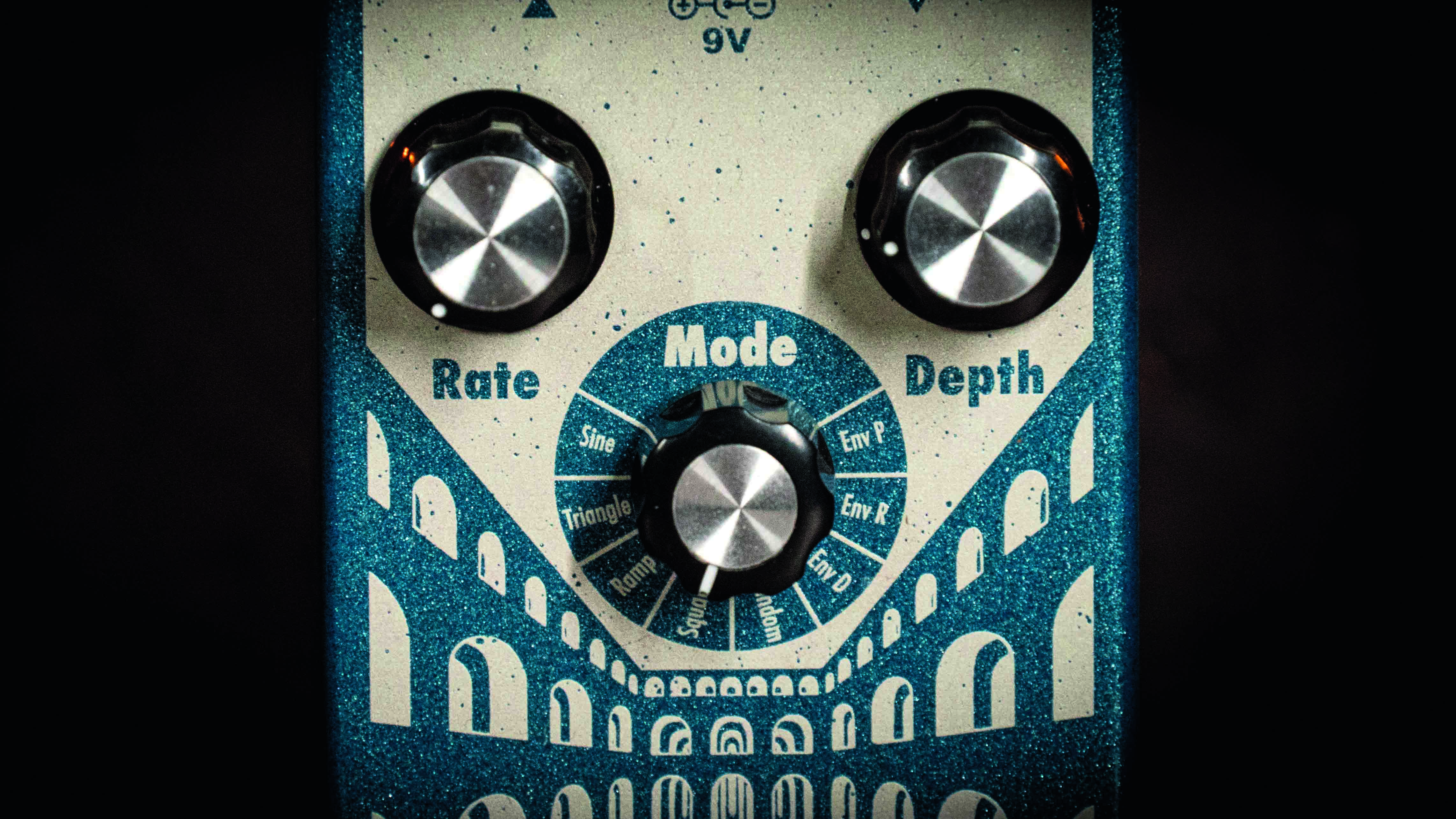
Over time, old vinyl records can bend, tapes can wear and tear, and an unserviced tape deck can cause the playback speed to fluctuate. All of these defects would cause subtle or radical pitch-bends to happen.
You can use vibrato to emulate that. A superslow and deep sine wave or triangle wave is great for emulating the subtle warps of a spinning vinyl, a sawtooth wave will create a more radical effect like a vinyl that’s skipping, whereas a random wave is perfect for simulating a worn-out tape.
Equalizer
The consumer-level microphones and speakers of yesteryear simply weren’t able to reproduce as wide a frequency response as what we have readily available today. You can use an EQ pedal to emulate that. Cut the lows and let the highs and high-mids shine through to emulate the sound of a small speaker.
Get the MusicRadar Newsletter
Want all the hottest music and gear news, reviews, deals, features and more, direct to your inbox? Sign up here.
Cut the highs and boost the lows to add some vinyl warmth to your sound. Or cut both some highs and lows and boost the mids to simulate the narrower frequency response of some cassette tapes.
Envelope filter
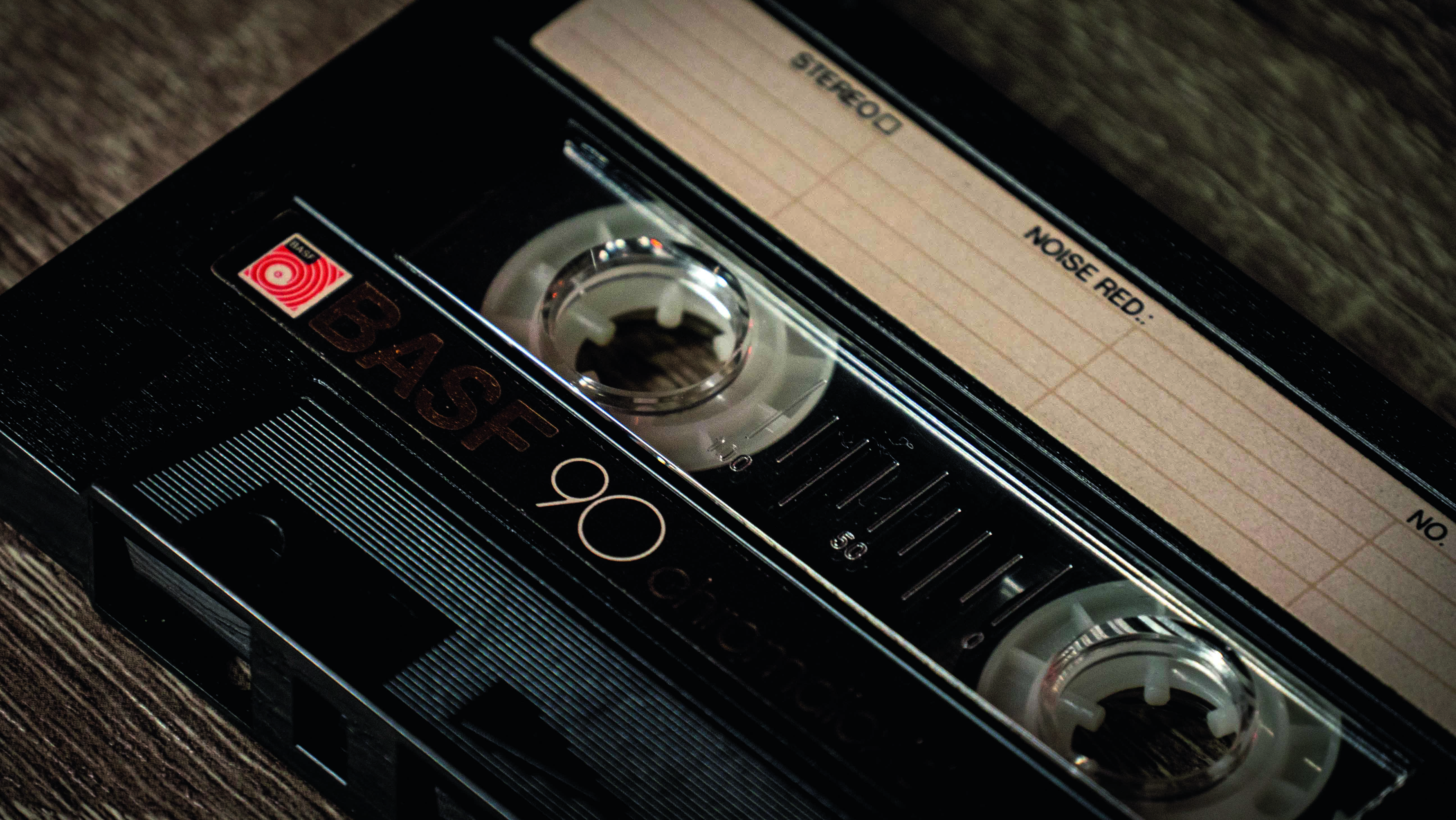
A worn-out tape or a worn-out playback head on a cassette player can create random irregularities in the reproduced frequency response. Some parts would play back as intended and others would be muffled or garbled. An envelope filter can help simulate that.
Dial the resonance all the way back to remove the quacky nature of the effect and set the depth and threshold to taste. This works really well with chordal playing and drones with subtle dynamic spikes.
Compressor
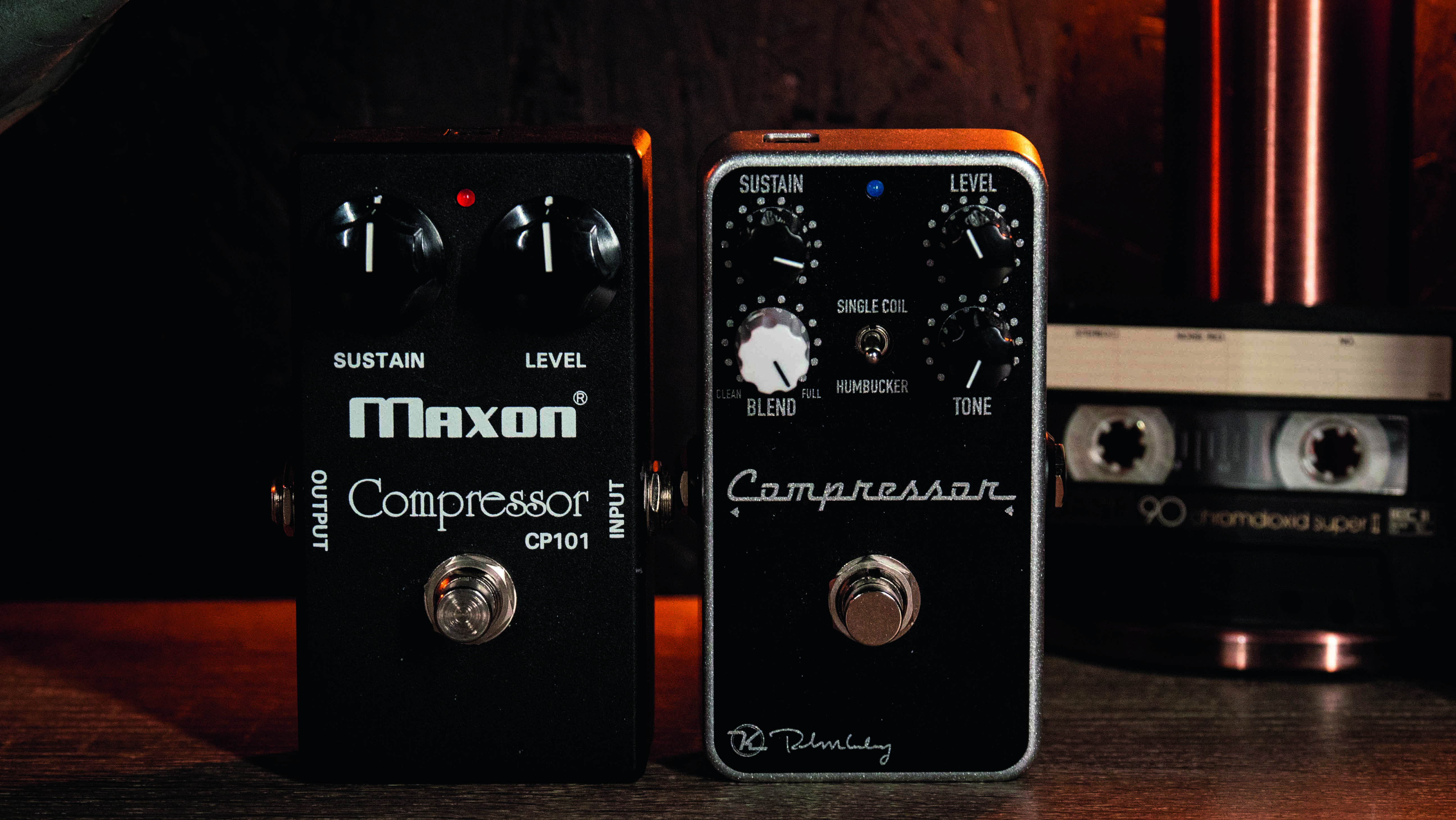
The dynamic range of old phonographs and most consumer magnetic tape (that mere mortals like us used to record on) were somewhere between 40dB and 70dB, hence much lower than that of today’s digital hi-fi recordings, which can go all the way up to 144dB.
You can simulate this with a decent dose of compression. If you want an even more extreme result such as that of the preamp of cheap cassette decks being pushed to their limits, then max out the compression for really ‘messy’, gritty and pumping results.
Overdrive / fuzz
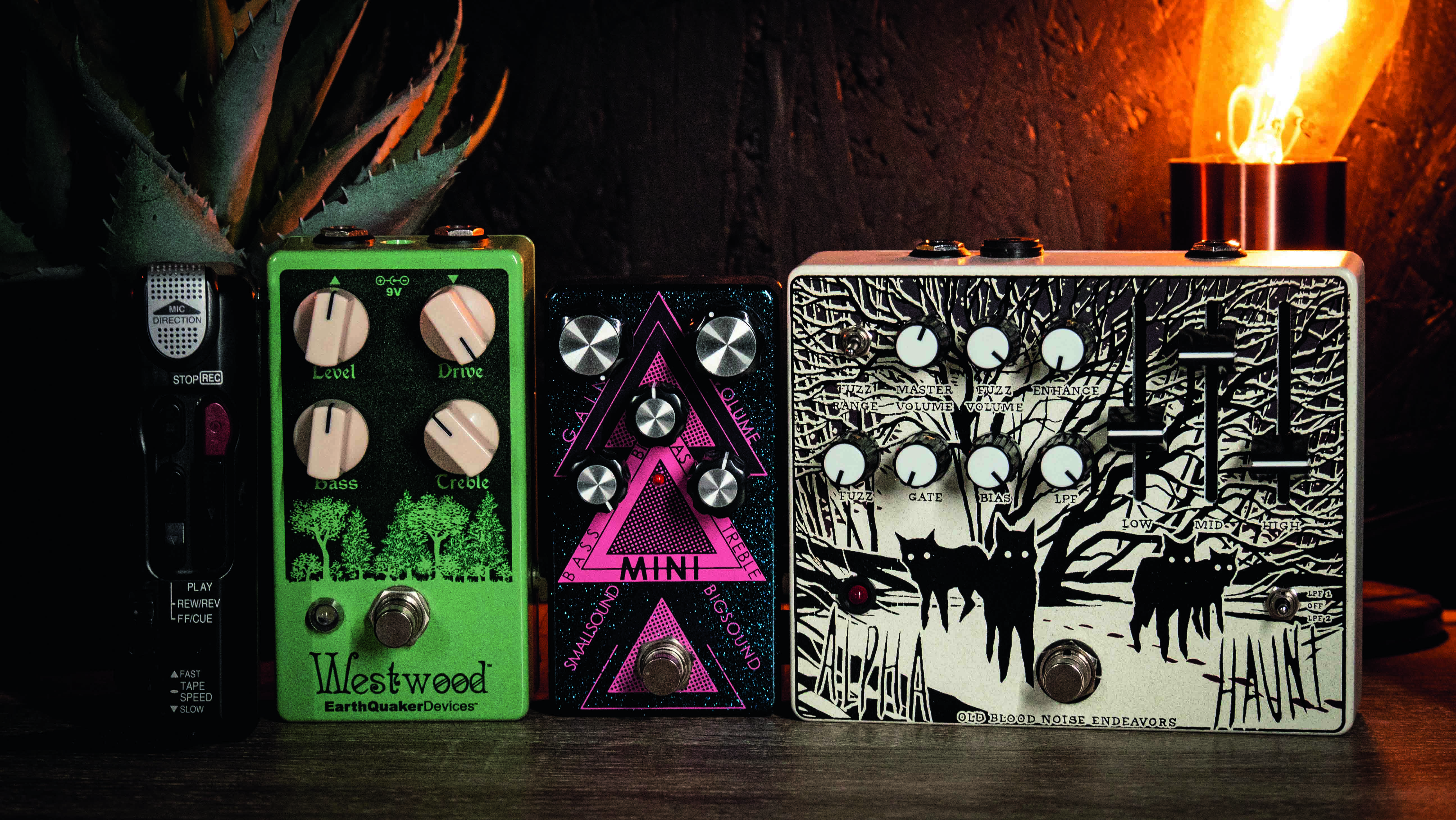
Analogue tape recorders were also equipped with preamps, which helped impart some of that ‘warm’ tone that old recordings are known for through harmonic saturation.
These preamps could, of course, also be pushed to the breaking point, creating a more blown-out fuzzy result. You can use subtle overdrives for a more organic saturation or fuzz pedals for a really extreme lo-fi effect.
If your fuzz or overdrive has a bias control, then you can use that to simulate lowered transistor voltage for really spitty, saggy and disintegrating lo-fi dirt tones.
Bitcrusher
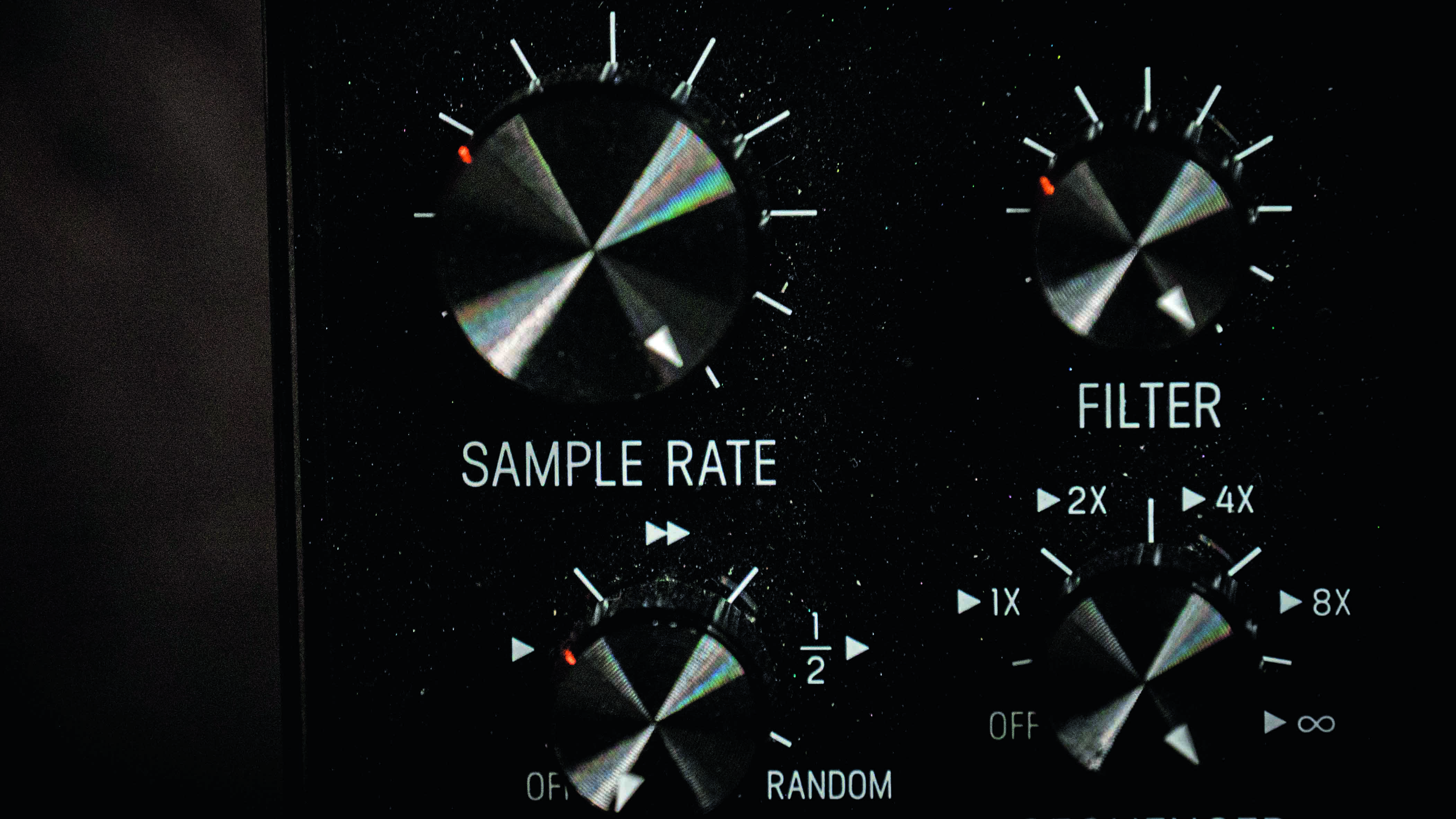
It’s not just mechanical analogue gear that’s known for quirky character and irregularities. Early digital technology from the 80s was also limited through lower-level bit-rate sampling, which would create digital artefacts known as aliasing.
Just listen to the drum and synth sounds from your favourite NES games and you’ll know exactly what I’m talking about. Slight sample-reducing adds a unique nostalgic feel, while heavier distorted bitcrushing will add a chaotic lo-fi character to your tone.
Pitch shifter
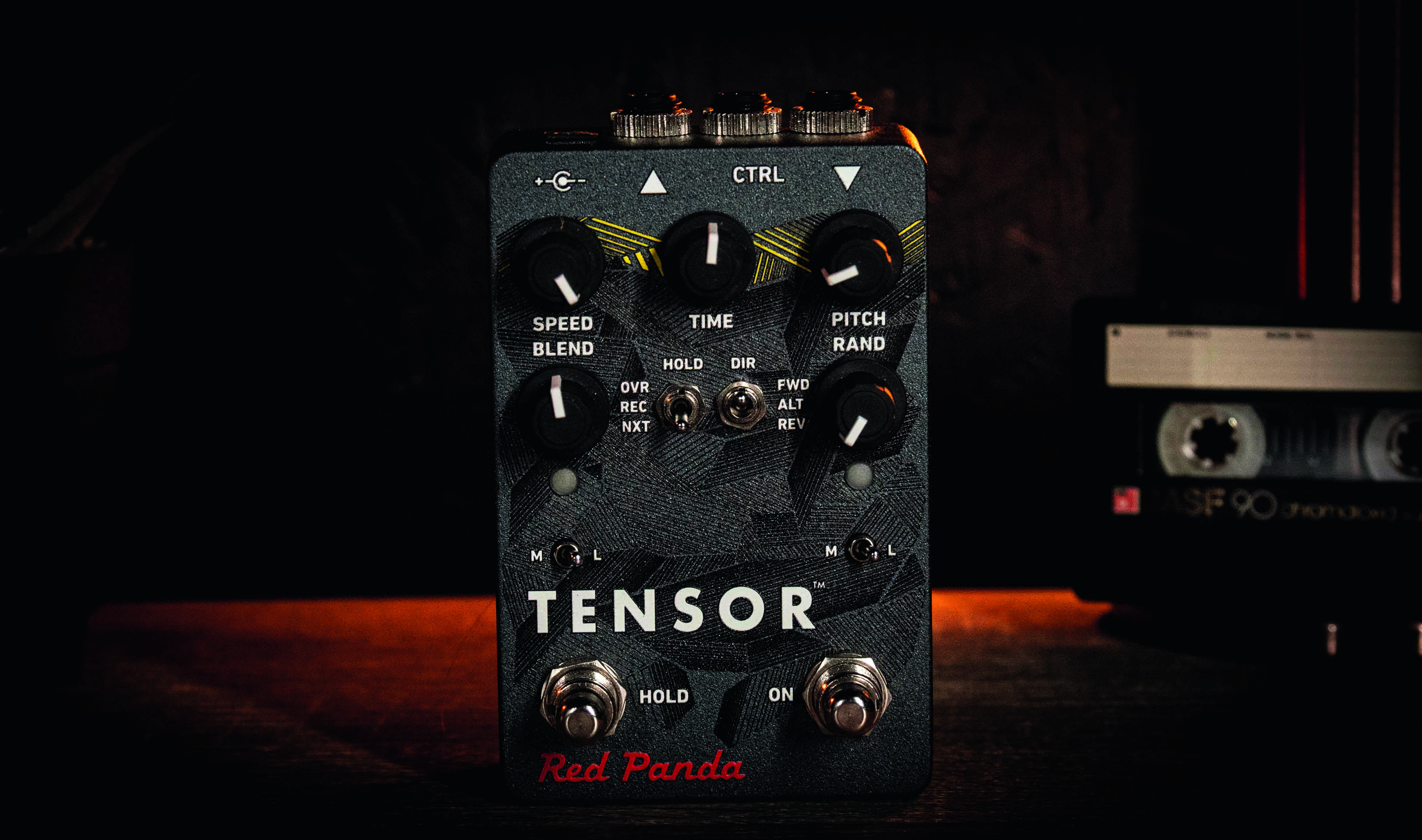
Turntables and tape decks also often have the ability to alter the speed of the playback in order to accommodate different media formats. This could, of course, also just be applied as an effect, enabling you to play the record back at half or double speed. You can simulate this with pitch shifters.
Max out the mix and set the interval to -1 or -2 octaves to give your sound the illusion of it being played back twice as slow. If you have something like a DigiTech Whammy or a Red Panda Tensor, you can also use an expression pedal to glide from unison to -2 octaves, enabling you to create a faux tape-stop effect.
The order of lo-fi tone
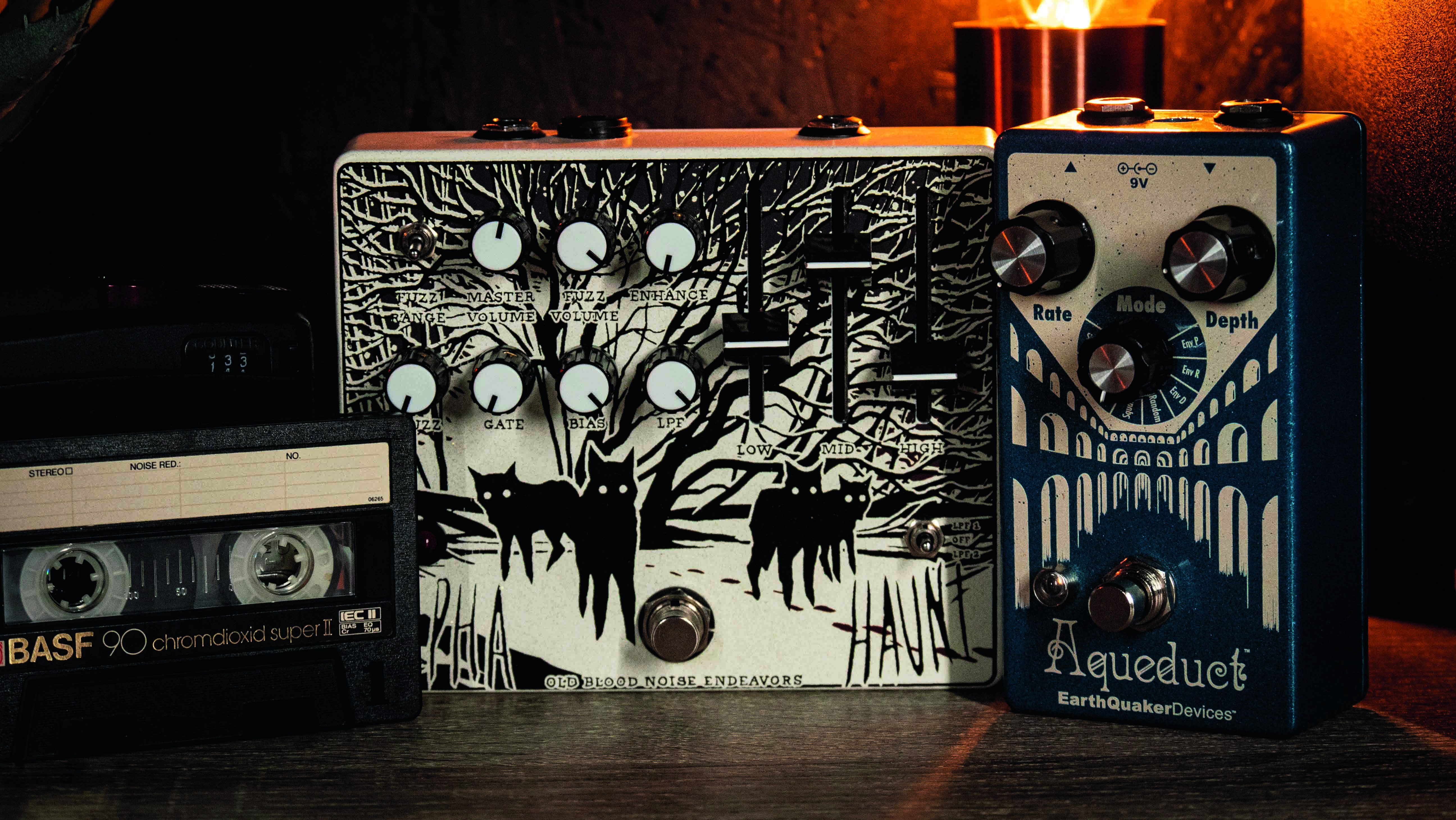
A great pedal order trick for better emulating lo-fi sounds is to run the vibrato at the end of your chain. That way you get the feeling of instantly committing your entire sound to tape.
You can also emulate the preamp of a tape recorder by running your dirt, fuzz or compressor directly before the vibrato and then run all of your wet effects into the dirt and vibrato.
Read more: How to get synth sounds with your guitar effects pedals
“A pedal that sings with harmonic richness and blooming touch response”: Tone King offers up boutique tube amp tones for your pedalboard with the Imperial Preamp
“Each and every unit is perfectly dialled in to the 'sweet spot' that can be so elusive to find in vintage pedals”: Pigtronix’s Gas Giant is a high-gain fuzz pedal with a FET-driven onboard noise gate









